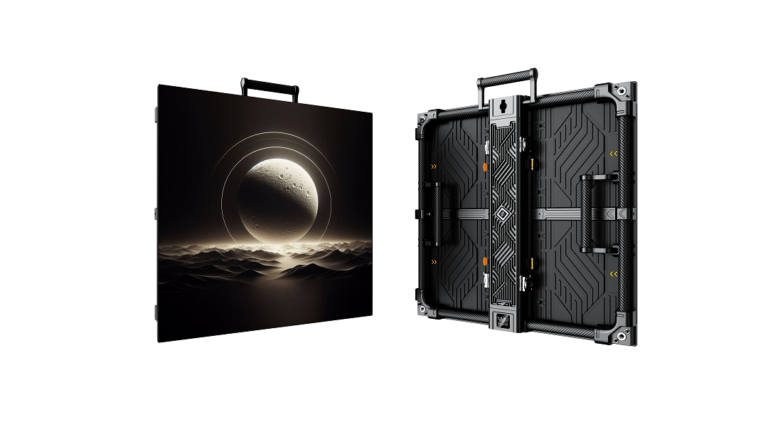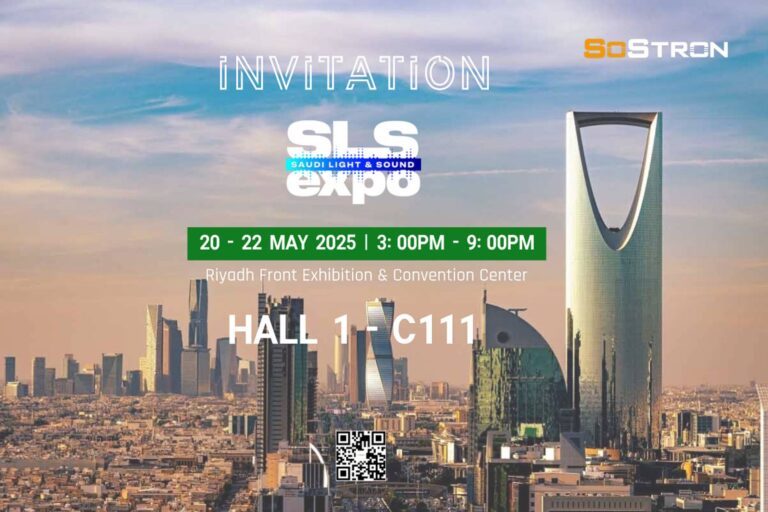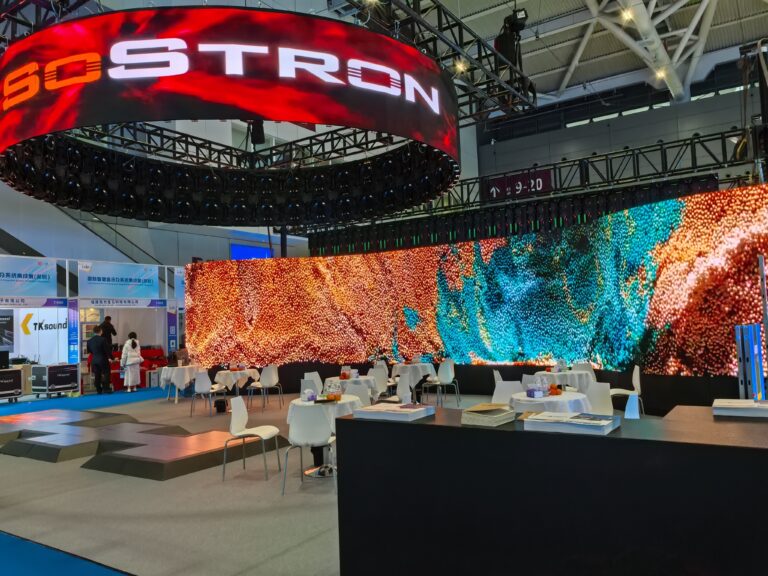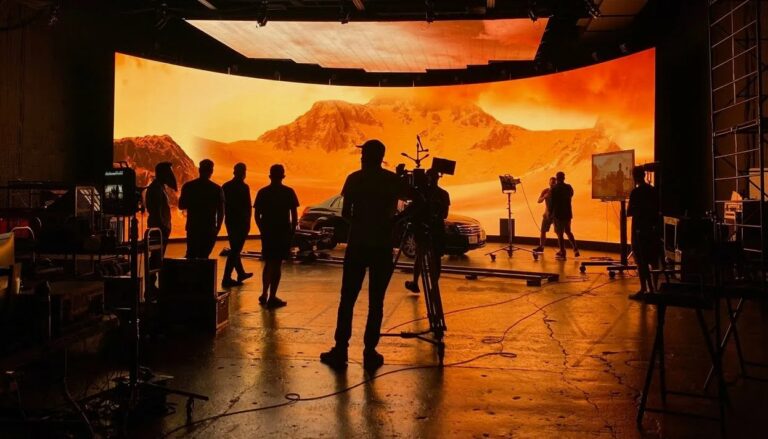Table of Contents
- What is an Indoor LED Display?
- What is the Difference Between Indoor and Outdoor LED Displays?
- What is the Pixel Pitch for Indoor LED Displays?
- 10 Common Questions and Answers about Indoor LED Displays
- Approximate Price Range of Indoor LED Displays
- Indoor LED Display vs. Projector Screen: Which is Better?
- Introduction to Our Indoor LED Display – Reta
With rapid advancements in technology, indoor LED displays have become widely used in conference rooms, corporate showrooms, hotel ballrooms, government monitoring centers, command centers, and media studios. Choosing the right indoor LED display not only enhances visual impact but also effectively conveys information. This guide provides you with comprehensive insights to help you make an informed decision.
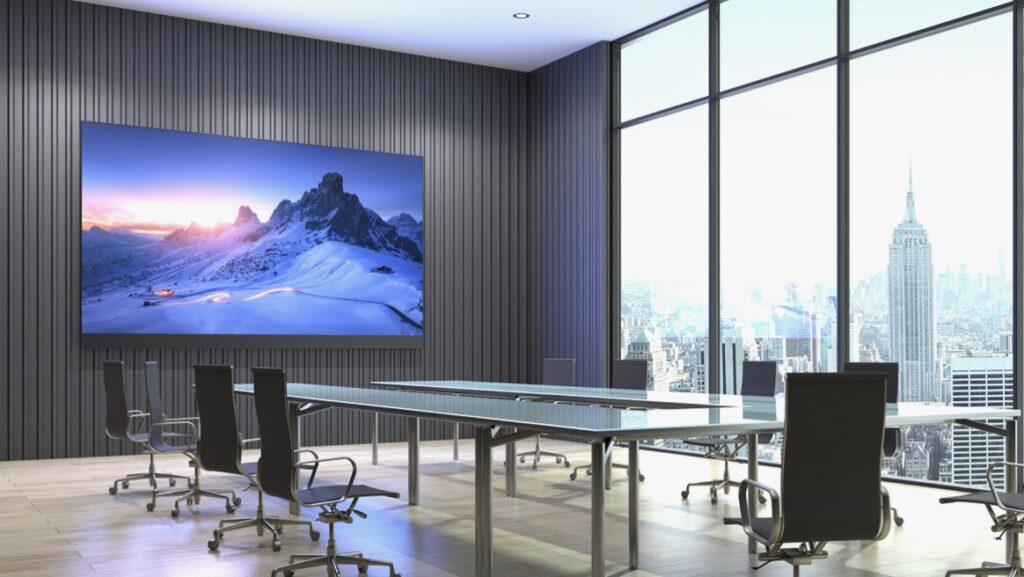
1. What is an Indoor LED Display?
An indoor LED display is a type of display technology that uses light-emitting diodes (LEDs) as the light source. Known for its high brightness, low power consumption, long lifespan, and fast response time, this type of display is ideal for indoor environments such as commercial advertising, conference rooms, control rooms, retail environments, and entertainment venues, as it delivers clear and vibrant images under various lighting conditions.
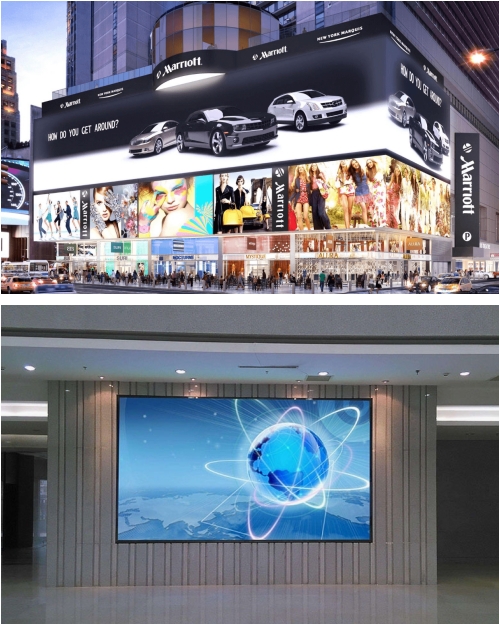
2. What is the Difference Between Indoor and Outdoor LED Displays?
The main difference between indoor and outdoor LED displays lies in their design and durability. Outdoor LED displays are built to withstand various harsh weather conditions, such as rain, snow, high temperatures, and UV exposure, so they typically have a higher waterproof rating and more robust structure. In contrast, indoor LED displays focus on image quality, color saturation, and contrast, as they are used in controlled indoor environments.
3. What is the Pixel Pitch for Indoor LED Displays?
Pixel pitch refers to the distance between two adjacent pixels on an LED display. For indoor applications, the pixel pitch is typically smaller to provide higher image clarity. Common pixel pitches include 1.2mm, 1.5mm, 1.9mm, and 2.5mm. The smaller the pixel pitch, the clearer the image detail; however, this also increases the cost.
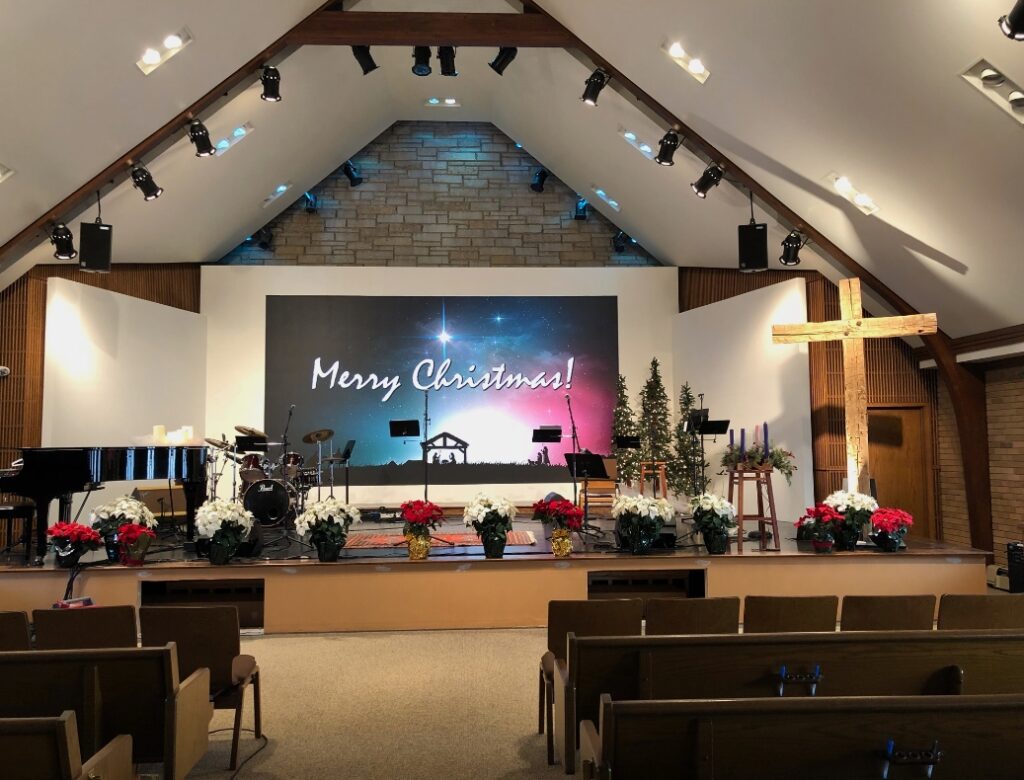
4. 10 Common Questions and Answers about Indoor LED Displays
- Is brightness adjustable?
Yes, the brightness of indoor LED displays can be adjusted according to ambient lighting, usually through the control system. This allows it to adapt to different indoor lighting conditions and ensures comfortable viewing. - How many installation methods are available?
Indoor LED displays can be installed in various ways, including wall-mounted, embedded, hanging, and ground stand installations. The choice depends on the installation environment, spatial layout, and specific needs. - Do LED displays support split-screen playback?
Yes, most modern LED displays support split-screen functionality, allowing different content to be displayed on the same screen simultaneously. This is ideal for multi-purpose display venues. - How long is the lifespan of an LED display?
Typically, LED displays have a lifespan of 50,000 to 100,000 hours, depending on the environment and maintenance frequency. Good usage habits and regular maintenance can help extend its life. - How should it be maintained daily?
Daily maintenance involves cleaning the screen surface, avoiding long periods of high-brightness operation, preventing moisture and dust from entering, and regularly checking the stability of connecting parts. - Is it compatible with multiple input signals?
Yes, LED displays are generally compatible with HDMI, DVI, VGA, USB, and other input interfaces, allowing connection to computers, video players, cameras, and more. - What is the power consumption of LED displays?
Power consumption depends on the size, brightness, and usage frequency of the display. Generally, LED displays are energy-efficient, and many new models come with energy-saving designs. - Is additional cooling equipment required?
Most indoor LED displays come with built-in cooling systems. However, for large or continuously running displays, auxiliary cooling equipment, such as fans or air conditioning, can be added to maintain performance and extend lifespan. - What should I do if there are black spots on the screen?
Black spots are often due to individual LED lamp damage or connection issues. Replacing the affected lamp module usually resolves the problem, though professional repair is recommended to avoid further damage. - How can I protect the screen surface during use?
Avoid using sharp objects that may scratch the surface, and avoid direct water cleaning. A soft cloth can be used to gently wipe the surface when the screen is off to keep it clean and prevent dust buildup.
5. Approximate Price Range of Indoor LED Displays
The price of indoor LED displays varies based on pixel pitch, resolution, size, and brand. Generally, prices range from a few thousand to tens of thousands of dollars per square meter. The approximate price range without specific factors is as follows:
- P5: Around $800-1,100/square meter
- P4: Around $950-1,300/square meter
- P3: Around $1,100-1,400/square meter
- P2: Around $2,480-2,800/square meter
These are initial estimates; actual prices depend on project requirements and manufacturer quotes.
6. Indoor LED Display vs. Projector Screen: Which is Better?
- Brightness: LED displays have high brightness, suitable for display under natural or indoor lighting, while projectors may wash out under such conditions and require dimmed lighting.
- Clarity: LED displays offer superior clarity, meeting HD display requirements, while projectors are often less sharp.
- Color Contrast: LED displays have a wider color range and higher contrast, delivering richer colors.
- Display Size: Projector size is fixed, whereas LED displays can be freely spliced to fit the required screen size.
- Functionality: In addition to basic display functionality, LED displays support screen segmentation and synchronized display, suitable for remote meetings with video cameras, professional audio, and more.
For users who prioritize screen quality and high-end use, LED displays are recommended, while projectors are more suited for users focused on portability and budget.
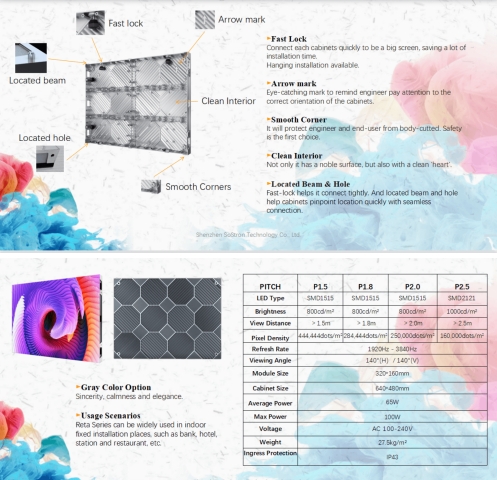
7. Introduction to Our Indoor LED Display – Reta
Reta is our high-performance indoor LED display with the following features:
- Plug-and-Play Media Player: Supports Novastar’s synchronous and asynchronous control system integration for seamless splicing technology.
- High Brightness: Up to 1,200 nits, ensuring clear visibility in various indoor settings.
- Dual Mode Function: Adjustable brightness for different settings to enhance user experience.
- Smart Cluster Management: Remote monitoring and content management via internet connection, offering easy operation.
- Die-Cast Aluminum Panel Design: Seamless installation ensures stability and aesthetic appeal, simplifying maintenance and enhancing advertising effectiveness.
With Reta, you’ll enjoy outstanding display quality and reliable after-sales service, providing the ideal solution for your digital advertising needs.
Summary
Selecting the right indoor LED display requires considering factors like price, pixel pitch, control systems, and auxiliary equipment. We hope this guide helps you find the ideal LED display for your needs. If you have any questions or need further consultation, feel free to contact our professional team.

